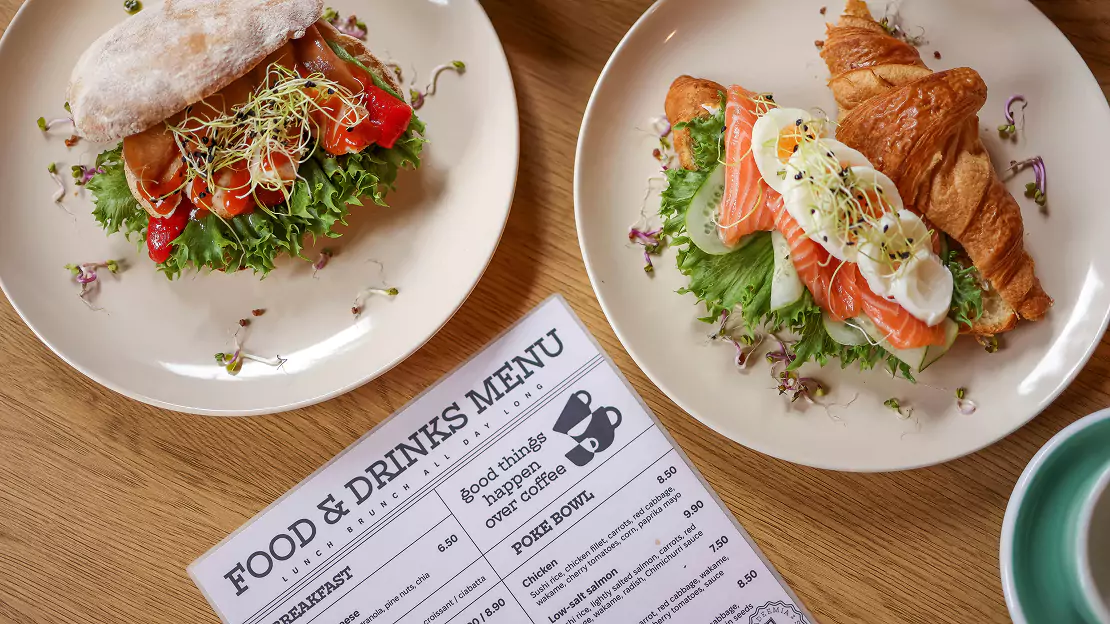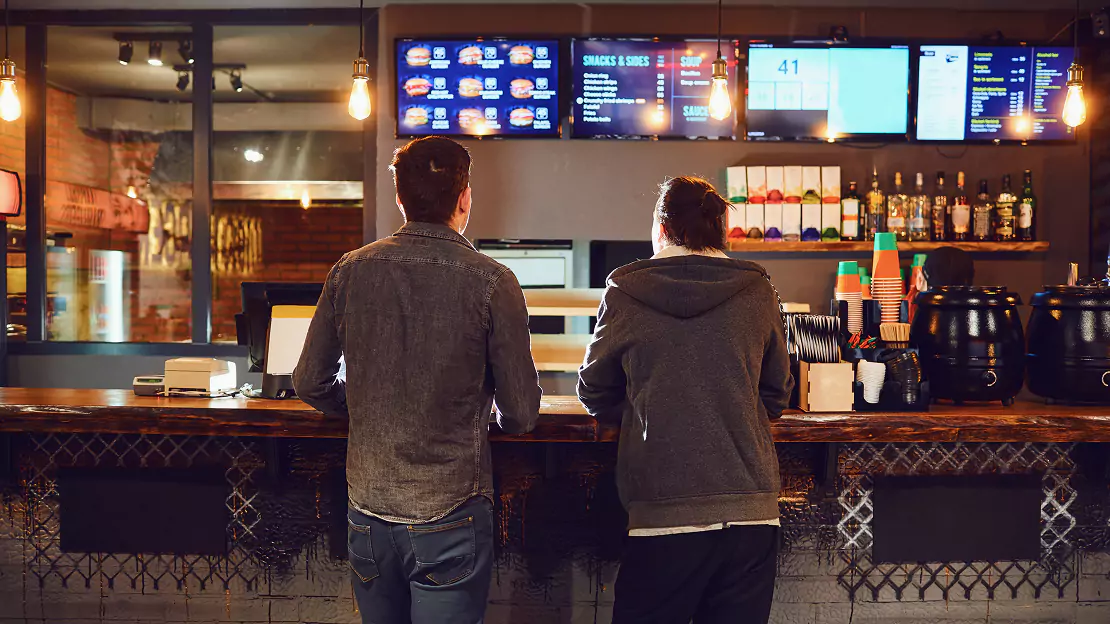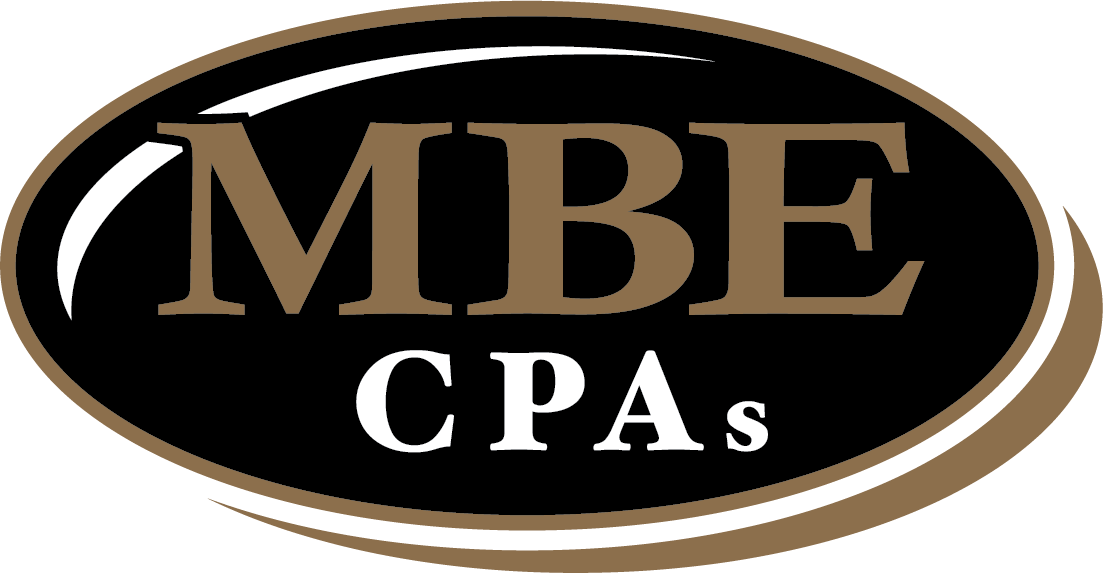Crafting a Profitable Restaurant with Menu Engineering

Featured Topics:
In the restaurant industry, your menu isn’t just a list of offerings. It’s a silent but powerful revenue driver. How you price, position, and present your menu can do more than satisfy customer cravings. That’s the value of menu engineering. Whether you’re running a fast-casual spot or a fine-dining establishment, it equips you with the knowledge to make savvy choices, turning your menu into a genuine profit powerhouse, not just a display of your kitchen’s flair.
Imagine increasing your profits by up to 15% without hiking prices across the board, all while reducing waste and improving your operations. Sound like a dream? That’s what menu engineering can deliver. Industry professionals, like those at TouchBistro and Menu Cover Depot, estimate that restaurants using these strategies can see profit boosts of 10-15% by focusing on high-margin items and refining menu design. But what exactly is menu engineering, and why does it matter so much for your restaurant’s success? Let’s dive in to find out.
What Is Menu Engineering and Why Does It Matter
Menu engineering is the process of analyzing each menu item’s profitability and popularity, then making adjustments to pricing, descriptions, layout, and offerings. It’s a method rooted in numbers, not guesswork, and it can have a real impact on your profit margins.
Effective menu engineering can increase profits, often without the need for broad price increases. By evaluating each menu item’s profitability, you can cut waste, improve kitchen efficiency, and increase earnings while keeping the quality and consistency your guests expect.
Classifying Menu Items: The Four Performance Categories
To begin engineering your menu, you first need to classify your dishes based on how often they’re ordered and how much profit they generate. Each menu item typically falls into one of four categories:
- Stars: High-profit, high-popularity items. These are your strongest performers. Keep them prominently featured on your menu and in staff recommendations.
- Plowhorses: Popular but lower-margin items. Adjust portion sizes or ingredients to improve profitability without losing appeal.
- Puzzles: High-profit but low-sales items. They may benefit from better placement, more enticing descriptions, or occasional promotions.
- Dogs: Low-profit, low-popularity items. If an item consistently underperforms, it might be time to remove or rework it.
This model offers a clear framework to make informed decisions about what stays, what goes, and what needs more attention.

Menu Engineering Strategies for Quick-Service Restaurants (QSRs)
If you’re running a quick-service restaurant, you already know the rhythm: orders coming in fast, staff hustling behind the counter, and customers expecting speed without compromise. In this kind of environment, your menu has to work just as hard as your team. Focus on:
- Focusing on better processes for high-volume items that are quick to prep and yield strong margins.
- Bundling low-margin items like drinks and sides with profitable mains to raise average ticket value.
- Refining digital menus by highlighting high-margin items first. DoorDash for Merchants reports that even small visual changes on app-based menus can influence customer choices and increase order size.
An easy-to-understand, purposeful menu makes it possible to serve more customers and generate greater revenue, which is a key factor in busy settings.
Menu Engineering for Full-Service Restaurants
In full-service settings, where guests expect more than just a quick bite, your menu plays a central role in shaping the customer experience and the kitchen’s workflow. Use menu engineering to:
- Analyze contribution margins on popular items. Are they worth the labor and ingredients involved?
- Highlight high margin “hidden gems” that often get overlooked. A well-placed chef’s special or updated description can make a difference.
- Balance creativity with consistency by ensuring that labor-intensive dishes are matched by equally strong returns.
Even small refinements, such as updating item descriptions or eliminating low-return dishes, can yield improved margins and smoother service.
Is It Time to Rethink Your Menu?

At MBE CPAs, we help restaurant owners build a more profitable future for their businesses. Whether you run a café, franchise, or multi-location restaurant, our years of experience can help you capture additional revenue while maintaining quality and guest satisfaction. Contact MBE CPAs’ restaurant specialists today to schedule a performance review and see how small changes can lead to stronger results.
